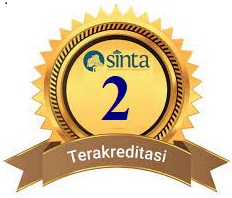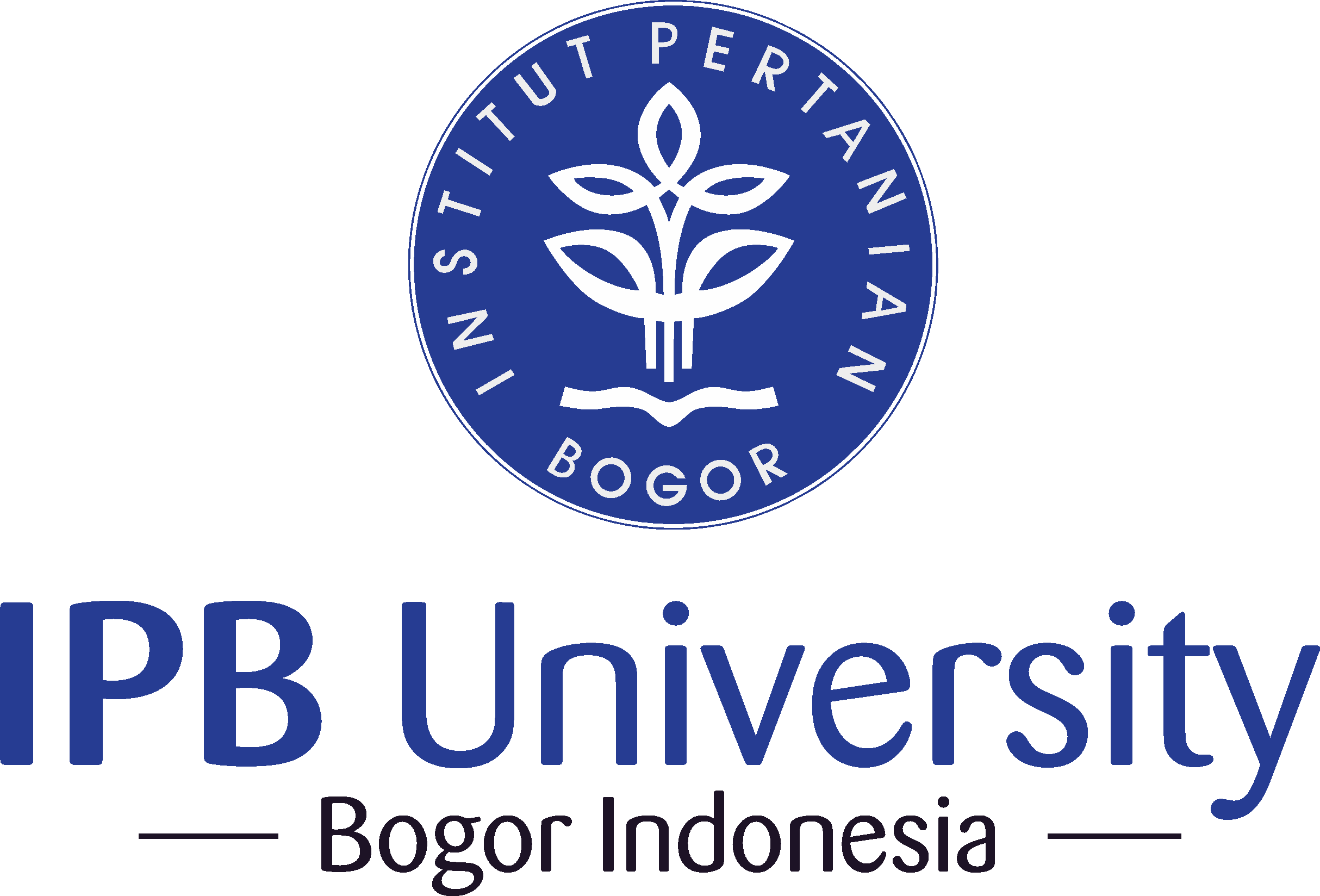Keberadaan Dysmicoccus brevipes (Cockerell) (Hemiptera: Pseudococcidae) Sebagai Vektor Pineapple Mealybug Wilt-associated Virus (PMWaV) Pada Tanaman Nanas
Abstract
Mealybug can almost be found in all pineapple fields (Ananas comosus (Linnaeus)). The insect is known to be a vector of Pineapple Mealybug wilt-associated Virus (PMWaV). The insect samples taken from pineapple in Bunihayu, Jalancagak, Subang, West Java, were identified in laboratory. Mealybug-ant symbionts were also taken. The ability of this ant to carry the mealybugs from colony reared on kabocha (Cucurbita maxima) to pineapple was also tested at green house level. Only one spesies of mealybug was found on pineapple, i.e. Dysmicoccus brevipes (Cockerell) (Hemiptera: Pseudococcidae). The mealybugs were found to colonize root, basal of stem and the leaf. Eight ant species were found to be associated with mealybug. There are four species belongs to Pseudolasius genera, two species Cardiocondyla genera, Paratrechina sp. and Dorylus sp. Paratrechina sp. showed the ability to carry D. brevipes from kabocha population to pineapple. Therefore the ants should also be controlled in the total management of PMWav.Downloads
This journal is published under the terms of the Creative Commons Attribution-NonCommercial 4.0 International License. Authors who publish with this journal agree to the following terms: Authors retain copyright and grant the journal right of first publication with the work simultaneously licensed under a Creative Commons Attribution-NonCommercial 4.0 International License. Attribution — You must give appropriate credit, provide a link to the license, and indicate if changes were made. You may do so in any reasonable manner, but not in any way that suggests the licensor endorses you or your use. NonCommercial — You may not use the material for commercial purposes.


















